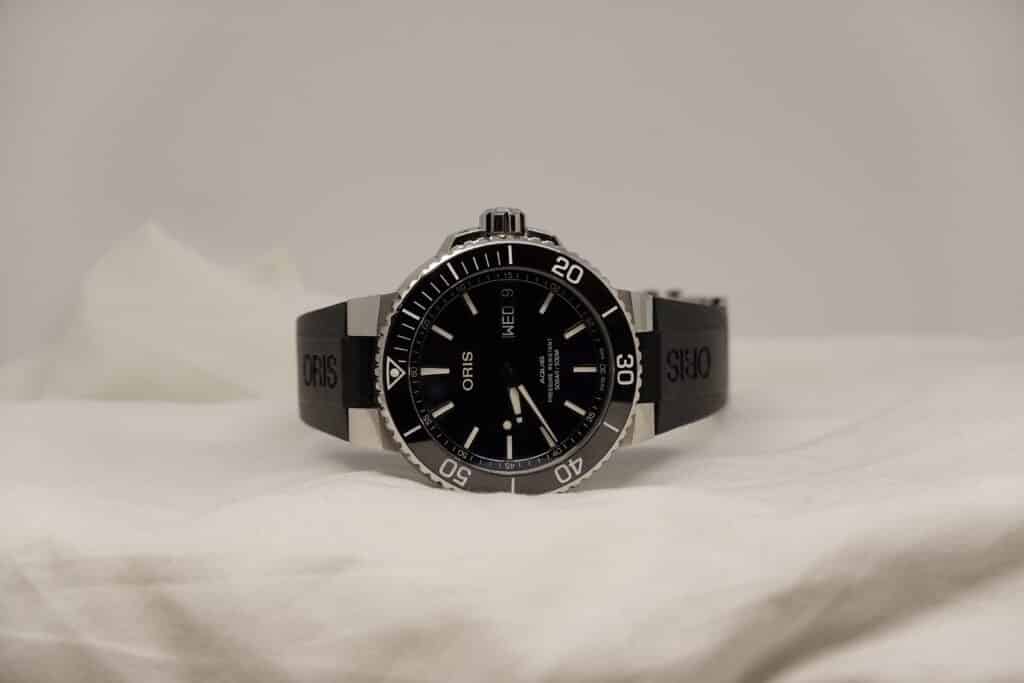Should Hermès control the resale market?

Should Hermès control the resale market? Birkin and Kelly handbags are more expensive to buy second-hand.
Hermès has been mastering its desirability as a top luxury brand by manipulating scarcity of some of its iconic products, insisting each handbag takes up to one month to manufacture. Nowadays, Hermès Birkin and Kelly handbags are more expensive to buy secondhand than new, challenging the French luxury brand if it were to take control of the growing resale market.
In 2015, a crocodile-skin Hermès handbag, featuring a gold and diamond-encrusted clasp and padlock, was auctioned for $222,912. In 2016, a Birkin with Himalayan crocodile leather and diamonds sold for $300,168 at a Christie’s auction.
The secondhand trade in its handbags could become a risk for the label’s shareholders, even as it creates an investment opportunity for select customers, over-riding in many cases the ‘guilt’ of luxury shopping spending.
Hermès has given shareholders average annual returns of 24% over the past decade and its shares now change hands for 41 times projected earnings. The two handbag models contribute 25% to 30% of total sales, according to estimates from Bernstein analyst Luca Solca and luxury accessories reseller Privé Porter that are cited in a coming book about the Birkin resale market titled “Moneybags.” Based on Hermès’ full-year numbers released this week, the Birkin and Kelly bags probably generated between €1.7 billion and €2.1 billion of revenue for the brand in 2019.
While production of the two models is strictly rationed, with approximately 120,000 units made every year, based on Bernstein Research analysis, few new pieces make it to stores, instead the handbags being readily available secondhand on a growing number of websites. While there has always been a brisk resale market for the bags, e-commerce and social-media platforms like Instagram make the trading transparent and global.
The resale activity is double-edged for Hermès. Along with privately owned watchmakers Rolex and Patek Philippe, it is one of the few brands whose goods are more expensive to buy used than new. For most luxury labels, a used handbag sells at a 35% discount to store prices, according to UBS research. Not so Hermès: Shoppers can expect to pay a 50% to 100% premium to store prices for unusual colors.
The premium is enormously flattering for the company, but also suggests Hermès is leaving money on the table—perhaps more than necessary to sustain its products’ desirability. A customer who pays $12,000 for a basic Birkin bag measuring 35 centimeters of calfskin in a boutique today could immediately sell it to a dealer for around $14,000, according to Privé Porter, who will in turn sell it on Instagram for $18,000 to $22,000 depending on the color.
Shoppers who are tired of their purchase can also make a tidy profit by consigning bags at auction. At a recent Christie’s sale of collectible handbags, Birkins and Kellys sold at a 77% premium to the midpoint of their estimates on average. There are signs that the bags are being flipped for profit. One rare white crocodile Birkin made in 2019 had been sold at auction for £125,000 ($161,000) by November, around triple what was paid for it in store.
The other problem with Hermès’ tight-supply strategy is that it pushes frustrated customers into the secondhand market, where management has no say over the quantity, authenticity or presentation of its goods.
It is difficult to estimate the size of the resale trade in Hermès bags. Paris-based Collector Square sold 1,500 Kelly and Birkin bags in 2019, Privé Porter another 750. Christie’s sold approximately 420 in four handbag sales throughout the year. That may not sound like a lot, but the number of bags sold by just three resellers is equivalent to 2% of the 120,000 units that Hermès is expected to produce this year.
The total number is likely to be higher. Large consignment sites like The RealReal won’t disclose how much of their sales came from the two Hermès bags last year, but lists 320 Birkin bags currently for sale and a further 1,100 recently sold.
All designer brands are keeping a close eye on the growing online market for secondhand luxury. Given how particular they are about prices and where their goods are sold, it is not inconceivable that labels will move to control reselling activity. This is already happening in the Swiss watch business, where used models make up 10% of all luxury watches sold every year, according to Credit Suisse.
Richemont Group, owner of luxury watch brands such as Panerai or Vacheron Constantin, acquired in 2018 trader Watchfinder & Co.. Independent luxury watchmaker Audemars Piguet was one of the first major luxury watches brands which launched a dedicated Pre-Owned watches in select of its flagship stores. Luxury watches and jewellery retailer Bucherer operates dedicated Pre-Owned spaces (lounges) at its major stores.
Hermès can probably sit on the fence for now, but it faces a dilemma if the market grows much larger. If the company did want more sway over secondhand sales, management would have to pay a hefty premium to buy back bags. It would also have to devise a system that prevented shoppers from flipping Birkin and Kelly products back to the company for profit.
Of course, the easiest way for Hermès to take the heat out of the resale market would be to make the bags more readily available in its boutiques. At the same time, readier access would undermine the appeal of owning a Birkin or a Kelly. Getting the balance just right might not be easy.
Credit for article CCP Luxury


